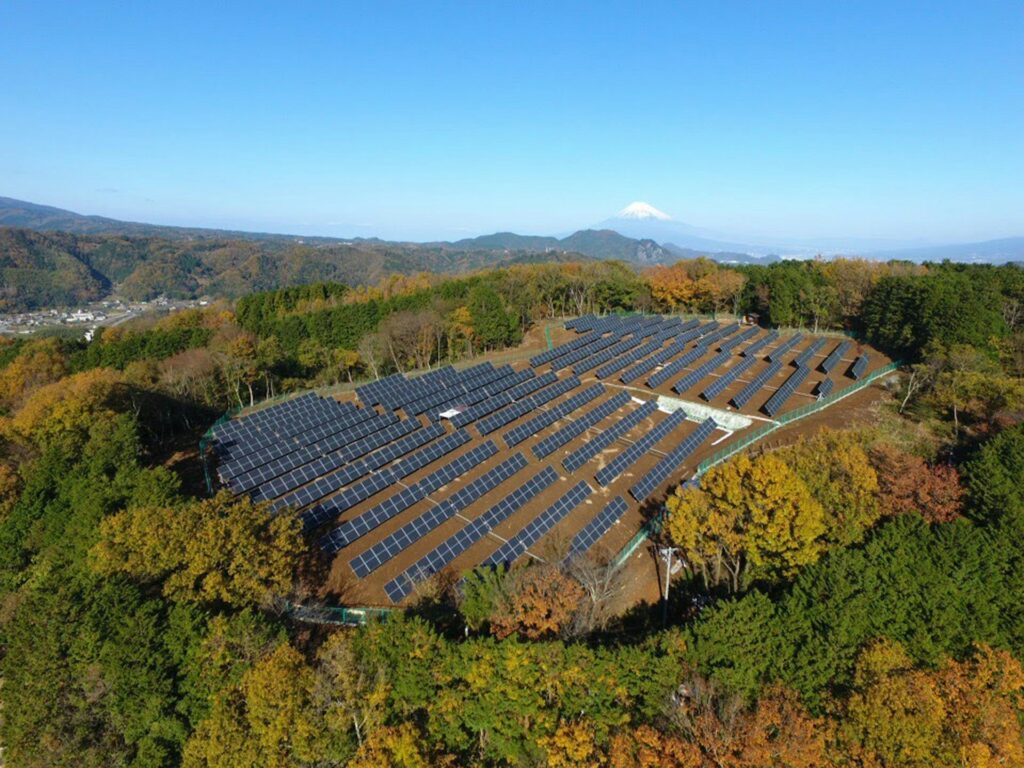Introduction
Climate sustainability is one of the greatest challenges to have ever been faced by our generation. From rising temperatures worldwide to extreme weather events, the impacts of climate change are ever-increasing; hence, there has never been a better time for urgent action in adopting sustainable practices. There exist quite a few solutions that apply strategic action and bring leading-edge tools, including data analytics, together to deal with the intricacy of environmental conservation and sustainable development.
Data analytics is critical in the area of climate sustainability. Big environmental data helps analysts find actionable insights to drive change at scale. It supports organizations and governments in making informed decisions—from tracking carbon footprints to optimizing sources of renewable energy. Data-driven approaches remain an important armament for achieving the multiple facets involved in the transition towards a circular economy and in creating climate resilience.

It also closes the gap between scientific research and practical applications, mapping greenhouse gas emissions, modeling energy efficiency scenarios, and predicting environmental outcomes based on proposed policies. So stakeholders in every sector get insight into the larger implications of their actions through visual storytelling and complete information to make changes that matter. This integration of technology with environmental stewardship gives a clear way forward in the fight against climate change, ensuring that future generations inherit a thriving planet.
This increases the urgency for proactive global cooperation in adopting climate sustainability measures. It behooves governments, businesses, and individuals to use data-driven insights in the adoption of eco-friendly practices, reduction of emissions, and transition to cleaner energy systems. The scalability of data analytics solutions, from monitoring localized impacts to influencing international policies, only goes to show how indispensable it is in dealing with the climate crisis.
This article sheds light on the important role that data analytics plays in driving climate sustainability and presents the areas of their applications in renewable energy, sustainable agriculture, and green technology. Understanding how data analysts work to achieve bigger goals in environmental conservation and climate resilience is, in fact, the key to understanding the life-transforming role of data in crafting a sustainable future.
The Role of Data Analytics in Climate Sustainability
1. Optimising Renewable Energy
Most efforts to promote climate sustainability are centered on renewable energy. Data analytics can help hydroelectric, wind, and solar power deployments and operations more efficiently and effectively. The analyst studies meteorological data and energy use patterns to optimize systems of energy production and storage in view, ensuring lower environmental impacts and higher resource utilization without resorting to fossil fuels.
2. Decrease in Carbon Footprint
Being able to monitor and control one’s carbon impact is essential to being carbon neutral. Through analytics and data visualization, organizations may identify high-emission activities, put policies in place to reduce these emissions, and follow their progress over time. All stakeholders can now use and act upon complex data thanks to interactive dashboards, data visualization, and narrative, driving forward the broader goals of climate sustainability.

3. Protecting Biodiversity and Promoting Sustainable Agriculture
Sustainable agriculture practices are very instrumental in fighting climate change and preserving biodiversity. Resource use optimization, for example, optimization of fertilizers and water used, and waste reduction are other data analytics benefits in this regard. This would also help further to map biodiversity hotspots through insights from data in line with big goals of climate sustainability in conserving more endangered ecosystems and advancing environmental conservation.
4. Adaptation and Resilience to the Climate
Resilience to climate change involves being ready for and reducing its effects. When it comes to anticipating extreme weather occurrences, predictive modeling with data analytics can be useful in taking preventative action to safeguard infrastructure and communities that are at risk. This guarantees that the adaption tactics are scalable and successful.
5. The Development of Green Technologies
The development of green technology is accelerating the transition to climatic sustainability. Data analytics can be used by innovators to develop and test new greener solutions, such as sustainable building materials and energy-efficient appliances, to keep green technology useful and effective.

Conclusion
Last but not least, Data Analytics has an important role in Climate Sustainability’s future. Sustainability of the climate is a common duty that requires collaboration, creativity, and unwavering commitment. Because of this, data analytics becomes the great equalizer for those who adopt environmental strategies. Proper tracking, predictive modeling, and insightful visualization are made possible by data analysts, who will help make dreams come true.
Many obstacles stand in the way of sustainable growth. Every segment of society must actively participate, methods must be continuously rethought, and sustainable approaches must be adopted. The sheer difficulties of balancing short-term versus long-term goals exacerbate these difficulties. But when viewed through the prism of knowledge derived from data, these will be stepping stones to development and advancement. To ensure that every action advances the larger objective of sustainability, predictive models, for example, can optimize resource allocation in addition to forecasting the effects of policy changes.
A mentality change is necessary to achieve climate sustainability, in addition to technical fixes. Establishing a culture of accountability and integrating sustainability principles into all decision-making processes are key to motivating people and organizations to welcome change. A multidisciplinary approach will be necessary for this, requiring collaboration among data analysts, policymakers, researchers, and communities to develop meaningful answers. To more appropriately reduce risks and adjust to the changing environment, society must develop climate resilience through creative methods.
The goal of climatic sustainability is ultimately to achieve a balance between the world and humanity, not only to cut emissions or conserve resources. On the path to a future in which ecosystems, economics, and social institutions coexist peacefully, it is necessary to acknowledge the interdependencies among these elements. Through the application of their expertise, data analysts illuminate the path to a more resilient and environmentally friendly future. In the fight against climate change, they are crucial because of their capacity to decipher complicated data and turn it into actionable plans.
Together, we can ensure that the legacy we leave behind is one of climate sustainability, balance, and hope by innovating and working together. In addition to protecting the earth for coming generations, this legacy aims to enable the present generation to make wise, audacious decisions that will lead to a prosperous and equitable world. Thus, by utilizing data analytics to its fullest potential, we open the door to a time when environmental stewardship is a way of life rather than just an ideal.


